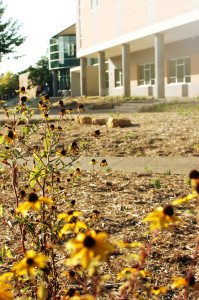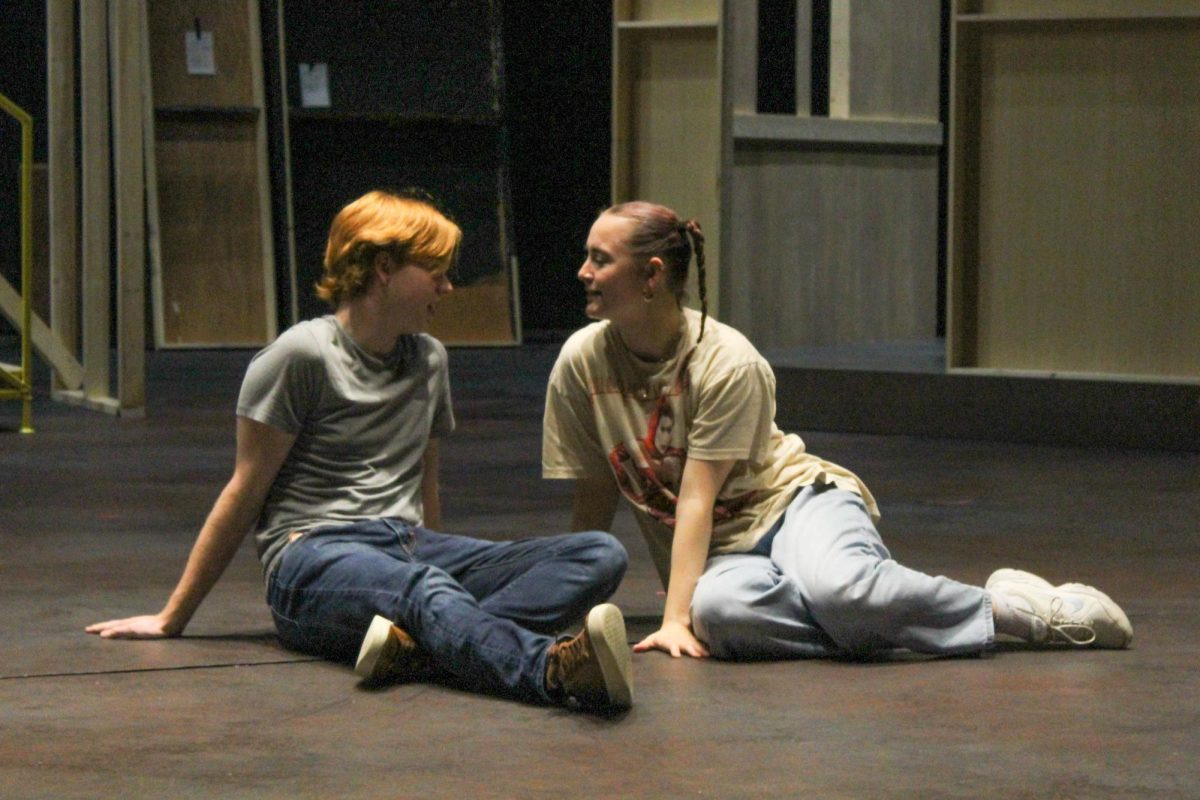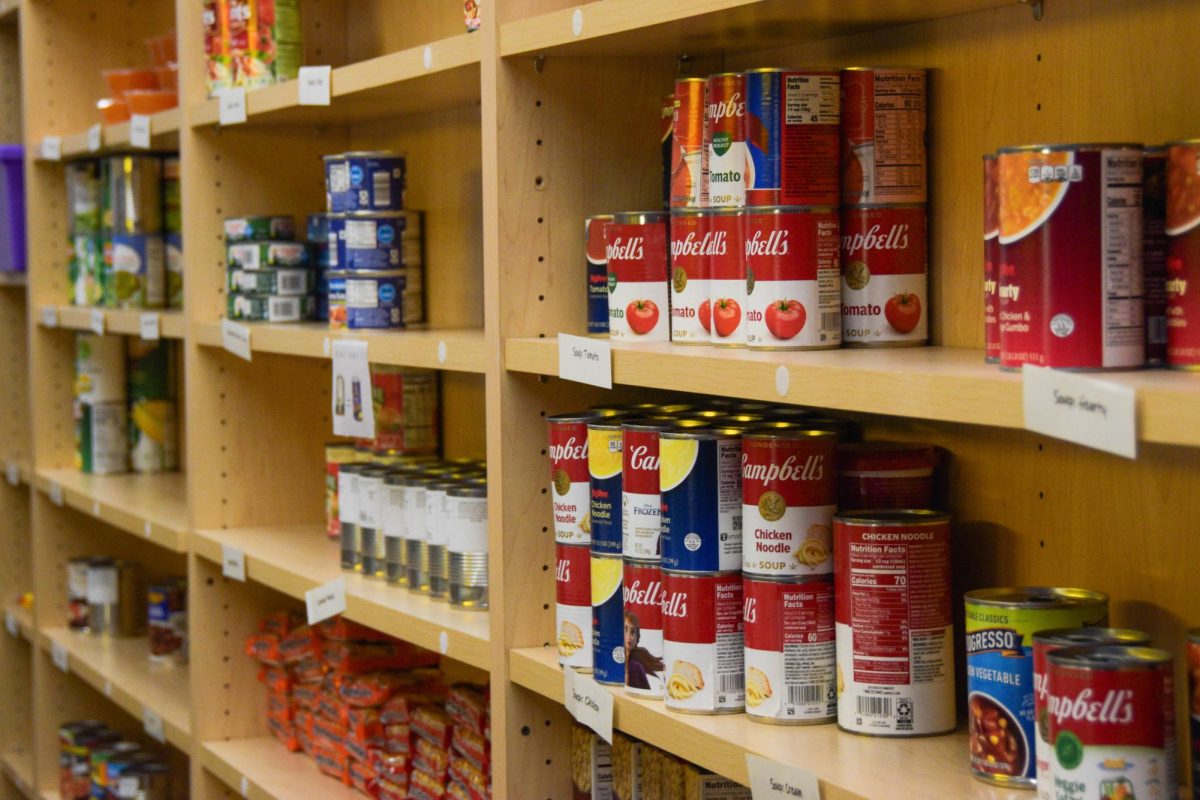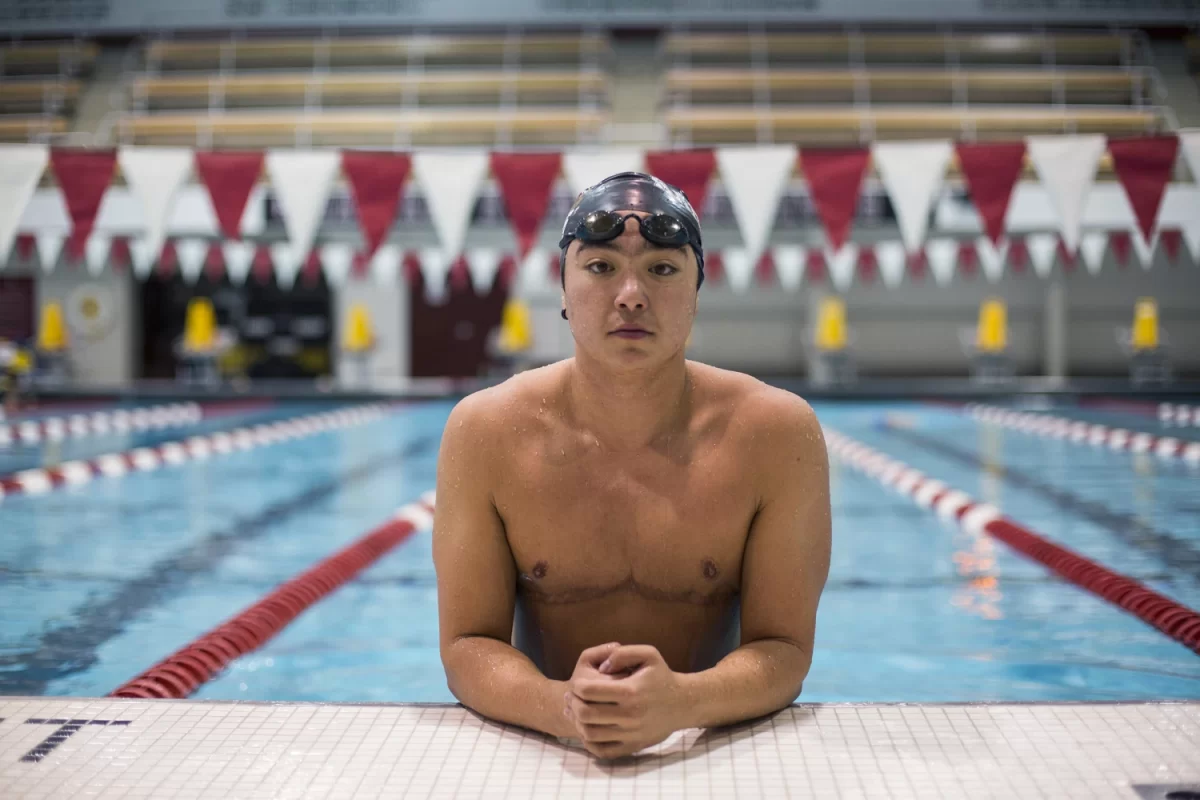
ANDREA BAUTCH
Molly O’Keefe/Winonan
The installation of the new native garden outside of the Integrated Wellness Complex (IWC) was created to provide a more sustainable, ecologically friendly environment.
Kaitlyn O’Connor, a former Winona State student, said the project got its start last fall at the Winona State Arboretum and Land Stewardship Committee meeting. It was mentioned that the landscaping outside of the IWC was not doing well due to drought conditions during the summer of 2012.
Designing the garden outside the IWC was part of O’Connor’s capstone project. Bruno Borsari, land steward and biology professor, and Jim Reynolds, a retired sociology/criminal Justice professor, mentored and assisted her throughout the process.
O’Connor said the project was a coordinated effort of herself, Reynolds, Borsari, the Arboretum Committee, the biology department, the geology department, information technology, administration and local businesses.
The project emerged from the need of developing a type of landscape that was more sustainable.
“Because of the heat last summer, all of the turf was lost, and I suggested that a more native plant community would help the survival of the plants and with the minimal amount of input that would have to be invested to keep those plants alive,” Borsari said.
The garden is made up of mostly prairie plants because they are not only capable of surviving in a low-moisture atmosphere but also thriving in it.
Borsari explained that by using native plants, Winona State will be able to cut down on the use of water, herbicides and pesticides.
“The art of ecological persuasion is not very difficult these days because there is so much evidence backing up native plants in landscapes,” said O’Connor. Evidence includes: reduced water use, reduced fertilizer use, reduced pesticide use, reduced herbicide use, decreased soil erosion, decreased storm water runoff, increased pollution remediation, increased water quality, increased native habitat, increased native pollinators and satisfy LEED requirements.
“A garden can showcase sustainability, education and technology,” she said.
In addition, this garden will serve as an educational opportunity for the community.
“We can educate students, visitors and the community about our botanical heritage,” Borsari said. Visitors will be able to learn the names of the plants from the signs placed in the gardens and around campus.
“Winona State is trying to become a part of the Tree Campus USA, an arboretum and this garden is a part of that grand vision,” said Borsari.
Borsari and O’Connor expressed a hope that this project would inspire students and the community to take up similar projects in an effort to create a more sustainable environment for everyone.
“This process was the most invigorating, empowering experience in my life. I saw, through my actions and the help of others, an idea become reality. I got to see firsthand that I really could make a difference in my community,” O’Connor said.
Borsari welcomed students to come to him with any questions or ideas that they might have about creating a more sustainable environment both on and off campus.
Contact Molly at [email protected]


































































